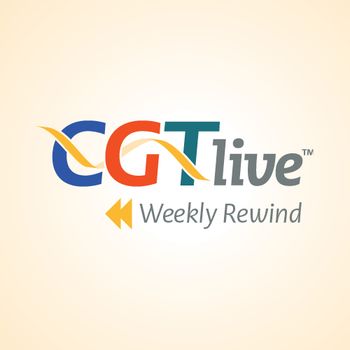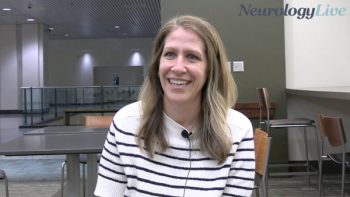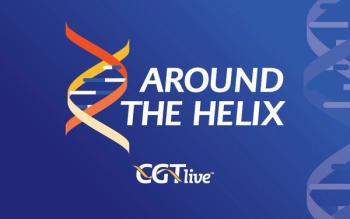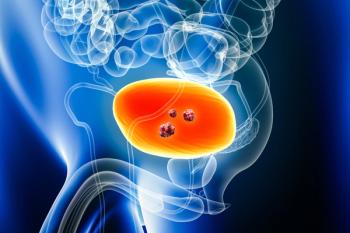
Around the Helix: Cell and Gene Therapy Company Updates – August 20, 2025
Catch up on the latest news, breakthroughs, and announcements from biotechnology companies making advancements in cell and gene therapies.
The cell and gene therapy sectors are growing exponentially, with new players emerging daily and much progress being made both in and out of the lab. CGTLive®’s Around the Helix is your chance to catch up with the latest news in cell and gene therapies, including partnerships, pipeline updates, and more.
Have a cell and gene therapy news update you’d like to share with our editorial team? Tag us on social (@CGT_Live on X, or CGTLive on LinkedIn) and use #AroundTheHelix!
1. Iovance Biotherapeutics’ TIL Therapy Lifileucel Approved for Advanced Melanoma in Canada
Iovance Biotherapeutics’ lifileucel (marketed as Amtagvi), a tumor-derived autologous tumor infiltrating lymphocyte (TIL) therapy, has received a Notice of Compliance with Conditions (NOC/c) from Health Canada for advanced melanoma.
2. LV20.19 CAR-T Produces 100% Overall Response Rate in Patients With R/R Mantle Cell Lymphoma
Results from the phase 2 portion of a phase 1/2 trial (NCT04186520) published in the Journal of Clinical Oncology showed that the prespecified efficacy threshold for 90-day complete response (CR) rate was exceeded in patients with relapsed/refractory (r/r) mantle cell lymphoma (MCL) who were treated with an on-site manufactured, dual-targeted anti-CD20 and -CD19 CAR T-cell therapy (LV20.19).
3. Bernie Owusu-Yaw, PhD, on Focused Ultrasound Mediated Delivery for AAV Gene Therapy
Bernie Owusu-Yaw, PhD, a postdoctoral research fellow at Brigham and Women's Hospital, discussed the use of focused ultrasound to help adeno-associated virus (AAV) vector-based gene therapy to cross the blood-brain barrier in the context of neurodegenerative diseases.
4. Great Ormond Street Hospital Tackling Chronic Granulomatous Disease With Gene Therapy in Phase 1/2 Trial
Great Ormond Street Hospital for Children National Health Service (NHS) Foundation Trust is currently evaluating pCHIM-p47, a lentiviral vector-based gene therapy product, for the treatment of a form of chronic granulomatous disease (CGD) referred to as p47 AR-CGD in a phase 1/2 clinical trial (NCT05207657). As part of our Clinical Trials in Progress, CGTLive has to take a closer look at this active study.
5. Ultragenyx Puts Rolling BLA for Glycogen Storage Disease Gene Therapy in Front of FDA
Ultragenyx has began the submission of a rolling biologics license application to the FDA for DTX401, an AAV vector-based gene therapy product intended to treat Glycogen Storage Disease Type Ia (GSDIa). The company noted that nonclinical and clinical modules have been submitted, and that the chemistry, manufacturing, and controls information will be submitted later on. Ultragenyx anticipates that the full BLA will have been submitted in the fourth quarter of this year.
6. FDA Bumps Back PDUFA for REGENXBIO's MPSII Gene Therapy
The FDA has extended the review timeline for REGENXBIO's BLA for clemidsogene lanparvovec (RGX-121), an investigational AAV vector-based gene therapy intended to treat mucopolysaccharidosis type 2 (MPSII, also known as Hunter syndrome), setting a new Prescription Drug User Fee Act (PDUFA) goal date of February 8, 2026—several months later than the original PDUFA date of November 9, 2025. REGENXBIO noted that the extended timeline will enable it to submit updated clinical data in response to an information request from the FDA.
7. Data From Nanoscope's Stargardt Gene Therapy Trial Published in eClinical Medicine
Data from the phase 2 STARLIGHT clinical trial (NCT05417126), which evaluated Nanoscope Therapeutics' gene therapy MCO-010 for the treatment of Stargardt disease, has been published in eClinical Medicine. Among the key findings highlighted by Nanoscope was a mean improvement in all patients of +5.5 ETDRS letters in best corrected visual acuity without wearable low-vision aid from baseline to 48 weeks posttreatment.
Newsletter
Stay at the forefront of cutting-edge science with CGT—your direct line to expert insights, breakthrough data, and real-time coverage of the latest advancements in cell and gene therapy.












































